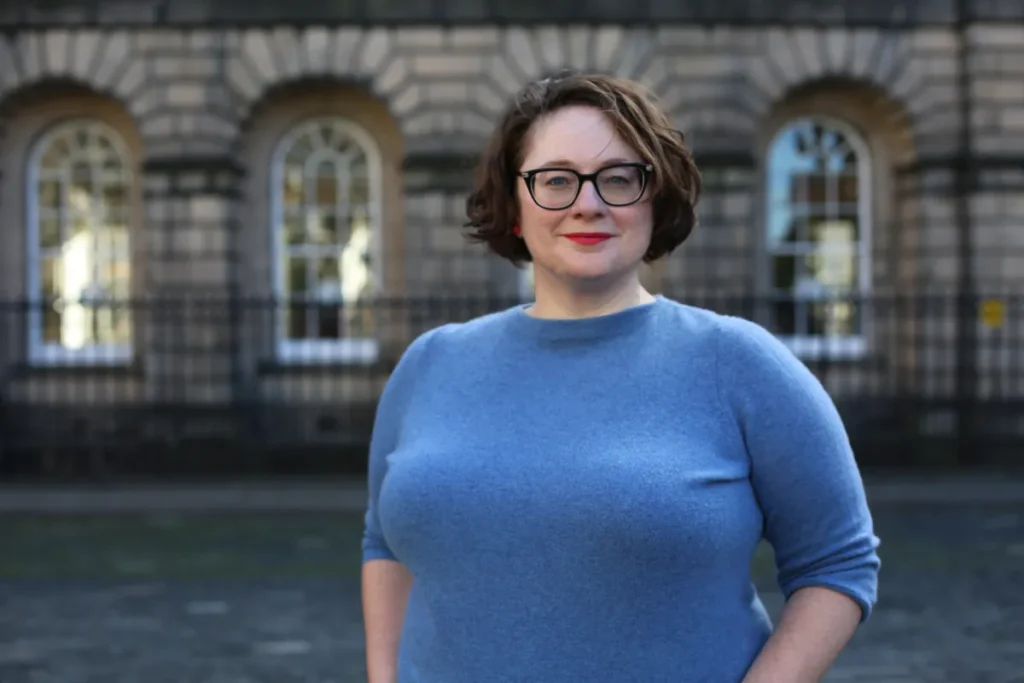Introduction
Tesla, known for its innovation in the electric vehicle industry, is making headlines again with the introduction of a limited version of its robotaxi service in San Francisco. Unlike its existing service in Austin, where fully autonomous driving is the goal, this new initiative will employ a human driver in the passenger seat, marking a significant shift in strategy. This article explores the implications of this limited rollout, the technology behind it, and its potential impact on the future of transportation.
The Robotaxi Concept
The concept of robotaxis revolves around the idea of using autonomous vehicles to provide ridesharing services without the need for a human driver. Tesla has been at the forefront of this technology, developing software and hardware capable of navigating urban environments. However, regulatory challenges and technological limitations have led the company to adapt its approach in various markets.
What Sets San Francisco Apart?
San Francisco presents unique challenges and opportunities for robotaxi services due to its dense urban layout and complex traffic patterns. The decision to include a human driver in the San Francisco service can be seen as a response to these challenges, providing an added layer of safety and customer reassurance. This move contrasts with Tesla’s more ambitious plans in Austin, where the company has tested fully autonomous driving without human oversight.
Implementation Details
The limited robotaxi service in San Francisco will initially operate in designated areas, allowing Tesla to gather data and refine its technology in a real-world environment. The human driver will serve multiple purposes:
- Ensuring passenger safety during the ride
- Intervening in complex driving situations where the vehicle may struggle
- Gathering feedback from passengers to improve the service
This hybrid model is expected to ease regulatory concerns and build public trust in autonomous vehicle technology.
Regulatory Landscape
Operating a robotaxi service in San Francisco requires navigating a complex regulatory landscape. The California Public Utilities Commission (CPUC) plays a crucial role in overseeing ridesharing services. Tesla’s decision to include a human driver aligns with regulatory expectations, as it demonstrates a commitment to safety and compliance.
Public Reception and Future Implications
The public’s reception of Tesla’s robotaxi service will be critical to its success. Initial reactions have been mixed, with some expressing excitement about the advancements in technology, while others remain skeptical about safety and reliability. According to a recent survey, 65% of respondents are open to trying robotaxis, but many are concerned about the implications of fully autonomous vehicles on road safety.
Expert Opinions
“The incorporation of a human driver in the robotaxi service is a smart move by Tesla. It not only addresses safety concerns but also provides an opportunity to collect valuable data that can enhance the driving algorithms,” said Dr. Emily Carter, an expert in autonomous vehicle technology.
Comparison with Other Companies
Tesla is not the only company exploring the robotaxi concept. Rivals such as Waymo and Cruise have also made strides in this area. However, Tesla’s unique approach of integrating human oversight may differentiate it from competitors who are pushing for full autonomy more aggressively. This strategic choice could serve as a template for other companies navigating similar challenges.
Potential for Expansion
As Tesla collects data and refines its service in San Francisco, there is significant potential for expansion into other markets. Cities with similar traffic conditions and regulatory environments may become the next targets for Tesla’s robotaxi service. Moreover, public acceptance and successful implementation in San Francisco could pave the way for fully autonomous services in the future.
Conclusion
Tesla’s limited robotaxi service in San Francisco marks a pivotal moment in the evolution of autonomous transportation. By incorporating a human driver, the company is addressing safety concerns while continuing to innovate in the field of self-driving technology. As the service rolls out, it will be essential to monitor public reception and regulatory responses, which will ultimately shape the future of robotaxis in urban settings.
With the transportation landscape evolving rapidly, Tesla’s approach could serve as a blueprint for others venturing into the autonomous vehicle market. As technology advances and public trust grows, the dream of fully autonomous, driverless taxis may be closer than we think.
